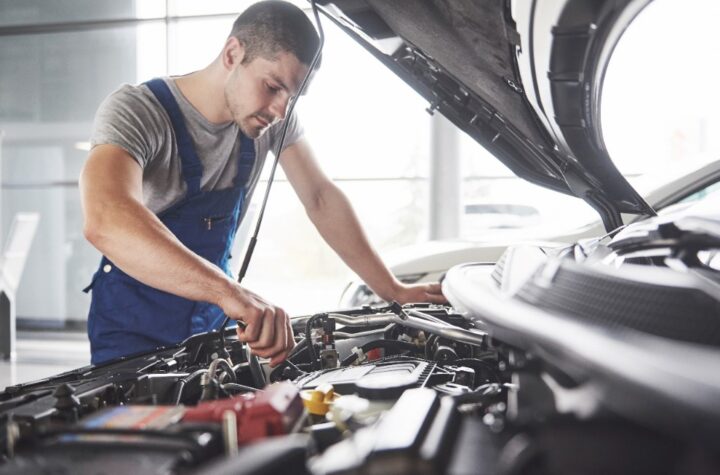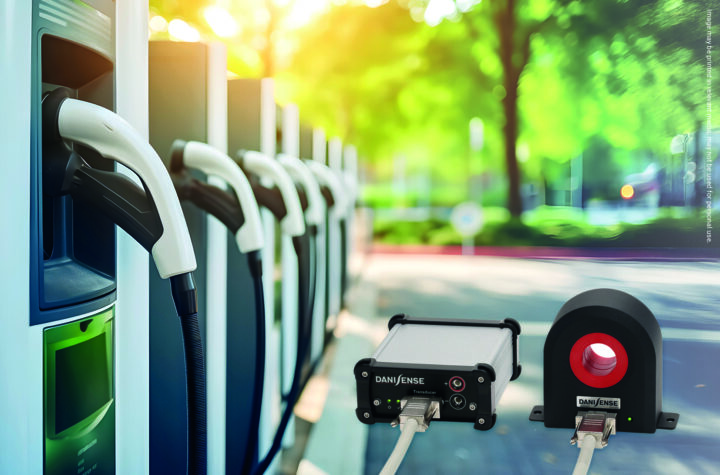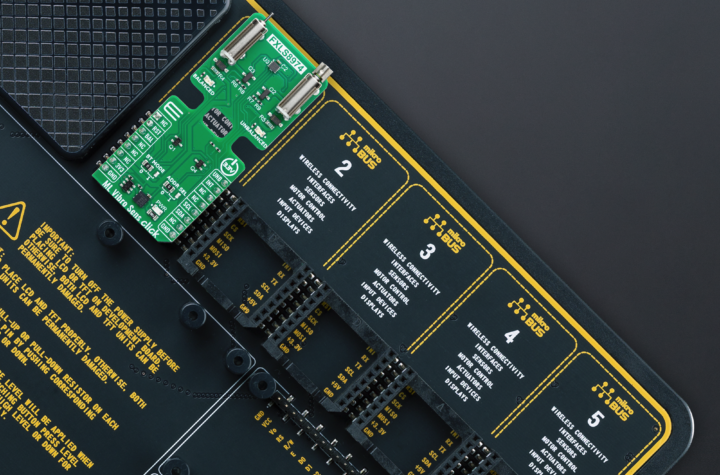
The Federal government has announced that ESP(R) stability control, a safety system pioneered by Mercedes-Benz, will be required on all future cars. In making the announcement, the National Highway Traffic and Safety Administration (NHTSA) cited its analysis showing conclusively that cars equipped with stability control are 35 percent less likely to be involved in a collision. Additionally, sport utility vehicles with stability control are involved in 67 percent fewer accidents than SUVs without the system. SUVs usually have a higher center of gravity, and ESP has been found to be especially effective in reducing rollovers.
NHTSA analyzed more than 40,000 collisions over a period of six years, focusing on similar vehicles with and without stability control. The dramatic results include similar reductions in fatal accidents as well. ESP-equipped cars had 30 percent fewer fatal crashes, and sport utility vehicles with ESP were 63 percent less likely to be in a deadly collision.
Now being used by other manufacturers, stability control systems reduce the likelihood of all fatal accidents by 43 percent and fatal single-vehicle crashes by 56 percent, according to another accident study by the Insurance Institute for Highway Safety (IIHS). When the IIHS recently updated the results of their 2004 accident study, they found that stability control provides even more life-saving benefits for SUVs.
Although the safety system provides significant benefits to both cars and SUVs, sport utility vehicles with stability control are reported to have 80 percent fewer rollovers than vehicles without the system. The study also concluded that the risk of all types of single-vehicle crashes in an SUV was reduced by 49 percent.
The NHTSA and IIHS analysis corroborates a Mercedes-Benz study from 2002 that revealed a 40 percent reduction in “loss of control” accidents after the company made ESP standard equipment on all models. Studies by other automakers and the University of Iowa found similar results.
After bringing the industry’s first ABS anti-lock brakes and traction control systems to consumers in the 1980s, Mercedes-Benz collaborated with Bosch to invent ESP stability control and introduced it in 1995. The new safety system made its debut on the 1996 S-Class line, became standard equipment on most Mercedes-Benz models by the 2000 model year and is standard on all Mercedes-Benz models today.
How Does Stability Control Work?
ESP can sense impending loss of control. The system works in a split second by braking individual wheels and/or reducing excess engine power, something that even the most skilled driver cannot do. ESP can be compared to having four individual brake pedals, one for each wheel, with a powerful computer to determine which pedal should be applied when and for how long.
The Mercedes-Benz ESP system helps drivers maintain stability, especially on slippery roads, by helping to prevent oversteer (rear-end “fishtailing”) or understeer (front-end “plowing”). Even the “ESP” abbreviation helps underscore the system’s benefits — it works invisibly, seemingly intuitively, to help keep the car going where the driver points it, under circumstances that might otherwise lead to loss of control and a possible accident without the system.
Using electronic sensors and lightening-fast computer logic, the system constantly monitors a vehicle’s actual path against its intended path. If there’s any difference between what the driver is “asking” (primarily through the steering wheel) and what the vehicle is doing, the system works in a split-second by braking individual wheels and/or reducing excess engine power, even before the driver may sense any changes.















More Stories
AVL ThermalLab™ brings dynamic road VTMS conditions to the laboratory
Sika – where battery storage technology for EVs, wind and solar meet
Driving Change with Circular Aluminum: Hydro’s Role in the Automotive Future